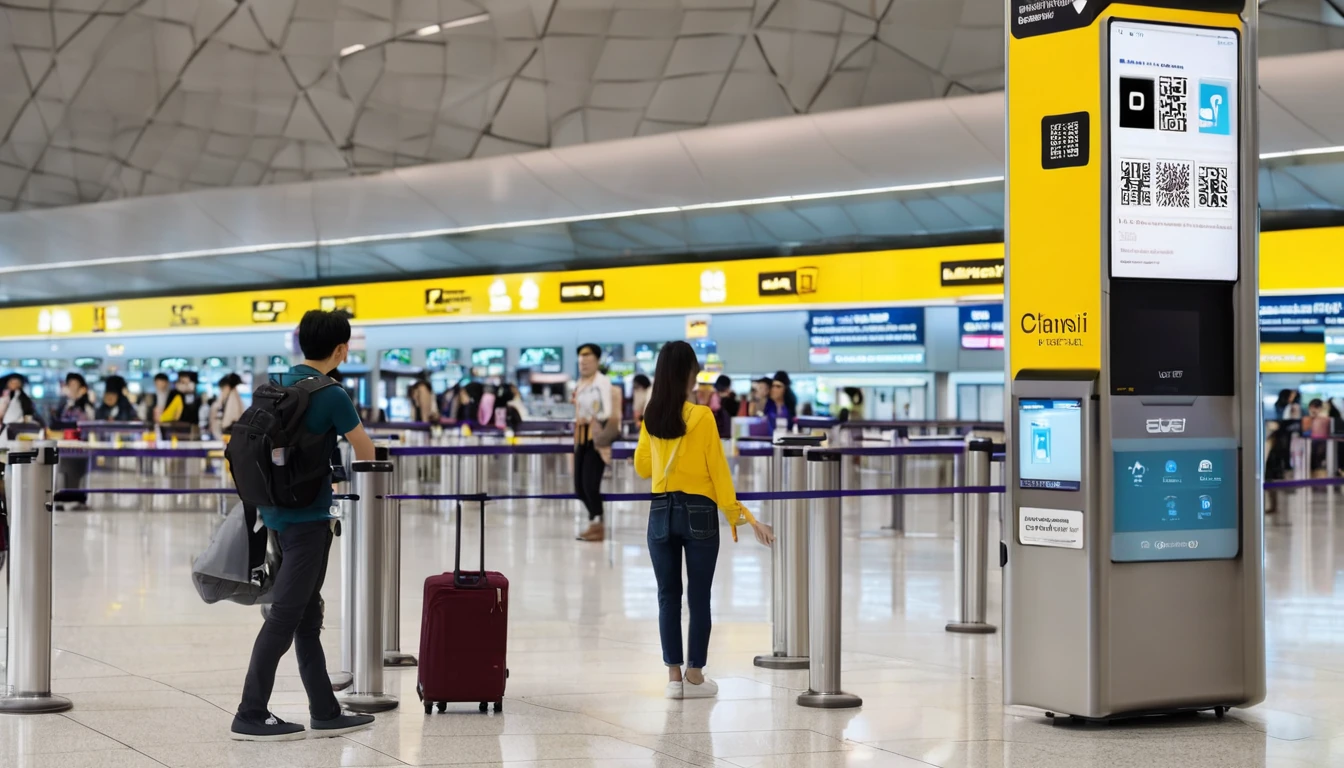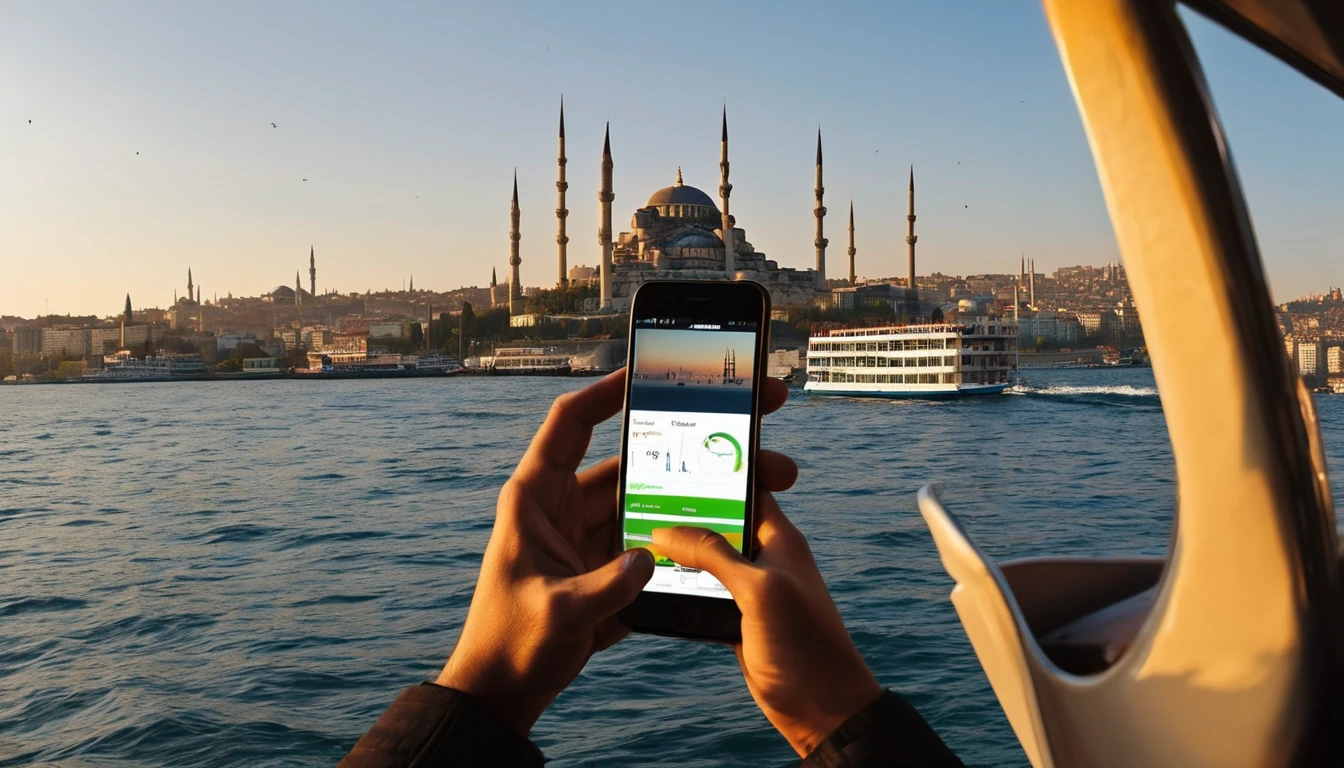Planning to use a local Turkish SIM or eSIM in your phone? Turkey operates one of the strictest IMEI registration regimes in the world. If your device isn’t whitelisted within a defined window, Turkish networks will stop serving it with local SIMs. The good news: short‑term travellers can usually avoid registration entirely with a few smart setup choices. The bad news: if you need a Turkish number for more than a few months, the rules and fees bite hard.
This guide explains what counts as “use in Turkey,” the 120‑day clock, who can actually register, realistic workarounds for tourists, and a step‑by‑step process if you’re eligible to register. We also cover dual‑SIM tactics, what happens on day 121, and how to keep your primary phone usable while still getting cheap local data. For route‑planning and eSIM options across the region, check our country pages via Destinations.
Quick take: who needs to care?
- You only need to register an IMEI if you plan to use a Turkish (local) SIM/eSIM in that device beyond the grace period.
- Visitors using their foreign SIM with roaming do not need to register. Your device won’t be blocked for roaming.
- Tourists generally cannot register unless they have a Turkish ID or residence permit (foreigner ID). Registration is designed for residents, not short‑stay visitors.
How Turkey’s IMEI rules work in 2025
What counts as “use in Turkey”
- “Use” is when your device connects to a Turkish mobile network with a Turkish SIM/eSIM (a Turkish IMSI) in that device.
- Merely being powered on, using Wi‑Fi, or roaming on your foreign SIM does not start the clock.
- Hotspotting from another device or using a pocket Wi‑Fi does not affect your phone’s IMEI status.
The 120‑day clock, explained
Once a Turkish SIM/eSIM is used in your phone:
1) Day 0: First attach to a Turkish network with a Turkish SIM/eSIM. The IMEI is “seen.” 2) Days 1–120: Your device works normally with Turkish SIMs on all networks. 3) Day 121+: If the IMEI has not been registered, Turkish networks will refuse service to that device when using any Turkish SIM/eSIM. The device still works on Wi‑Fi and with foreign (roaming) SIMs. 4) The block is device‑level for local SIM use. Swapping to another Turkish SIM won’t help once blocked.
Key nuance: The clock is tied to the device IMEI + Turkish SIM use, not your passport or the specific Turkish SIM.
Registration eligibility and fee (2025)
- Eligible persons: Turkish citizens and foreign residents with a Foreigner Identification Number (YKN) and e‑Devlet access. A standard tourist without a residence permit typically cannot complete registration.
- Timing: Registration must generally be done within 120 days of your most recent entry into Turkey and within 120 days of first local SIM use.
- Frequency: One device registration is allowed per person per three years.
- Fee: The IMEI registration tax (“harç”) is high and indexed. Expect a substantial fee in the tens of thousands of TRY (commonly cited around 30–45k TRY in 2024/25). Rates change with annual revaluation—check the current amount on the official e‑Devlet/BTK portals before paying.
Practical reading: if you’re a short‑term visitor, it’s rarely worth attempting registration.
Can tourists register? Realistic paths
- Most tourists cannot register because they lack a Turkish ID/YKN and e‑Devlet login. Ad‑hoc “in‑store” passport registrations have largely disappeared from legitimate channels.
- If you have a residence permit (YKN) or you’re moving to Turkey, you can register your device in your own name via e‑Devlet within the 120‑day window.
- Avoid third parties offering to “register for you.” Besides compliance risks, owner‑linking rules mean a device registered under someone else may not reliably work with your line in future.
Step‑by‑step: How to register an IMEI in Turkey (if eligible)
This is a how‑to for residents/long‑stayers with YKN and e‑Devlet. Tourists without YKN should skip to the workarounds.
1) Confirm your IMEI(s) - Dial *#06# to see your IMEI. For dual‑SIM phones, note both IMEIs. - Ensure the IMEI belongs to the device you intend to use in Turkey.
2) Check the deadline - Verify your last entry date into Turkey and ensure you’re within 120 days. - If your device has already used a Turkish SIM, ensure day 121 hasn’t passed.
3) Verify the current fee - Find the latest “IMEI registration fee (harç)” on official channels (BTK/e‑Devlet). The figure changes periodically.
4) Pay the fee - Pay the IMEI registration tax at designated banks, tax offices, or online (where available). - Keep the receipt; you’ll need payment reference details.
5) Apply via e‑Devlet - Log in to your e‑Devlet account. - Navigate to BTK’s IMEI registration service and enter: - IMEI (or both, if dual‑SIM) - Passport/entry details - Payment reference/receipt information - Upload any requested scans (passport, entry stamp/boarding pass) as instructed.
6) Wait for confirmation - Approval times vary. Once whitelisted, your IMEI should function with Turkish SIMs beyond day 120.
7) Test with your line - Insert your Turkish SIM/eSIM and place a call or use data. If service is still blocked, contact your operator with your approval reference.
Pro tip: - Register both IMEIs on dual‑SIM devices if you intend to use Turkish service on either slot. Leaving one unregistered can cause odd behaviour when switching lines.
Practical workarounds for visitors (no registration needed)
If you’re in Turkey for a few days or weeks—or even a couple of months—these options keep you online without entering the IMEI maze.
1) Keep your foreign SIM active (roaming)
- Using your home SIM with roaming does not trigger the IMEI block and does not require registration.
- Combine this with a travel eSIM in another device (see below) to get local‑ish data prices while keeping your primary number reachable.
2) Use a travel eSIM/SIM in a secondary device or hotspot
- Put the Turkish/local data eSIM into a spare phone, a pocket Wi‑Fi, or a cellular iPad/MiFi. Create a hotspot for your main phone.
- Your main phone never uses a Turkish SIM, so no 120‑day timer starts for it.
- Handy if you carry a work phone and a personal phone—dedicate one as the “data hub.”
3) Smart dual‑SIM setups that avoid the block
- Slot A: your foreign SIM (roaming, voice/SMS continuity).
- Slot B: do not add a Turkish SIM to your primary phone if you’ll exceed 120 days. Instead, put any Turkish/local eSIM in a secondary device.
- If you must put a Turkish eSIM in your main phone, plan to swap it out before day 120—or accept local‑SIM blocking after that date.
4) Regional eSIMs for multi‑country trips
- If Turkey is part of a wider itinerary, a regional plan can be simpler than buying multiple local SIMs.
- See Destinations for current coverage maps and options near Turkey.
- Heading to Europe before/after? Consider Esim Western Europe, or single‑country options like Esim France, Esim Italy, or Esim Spain.
- Flying via the US or Canada? Check Esim North America or country‑specific pages like Esim United States.
5) What not to do
- Don’t attempt IMEI tampering or “cloning.” It’s illegal in many jurisdictions and can brick your device or get it barred.
- Avoid grey‑market registration offers. Besides compliance risks, devices may later be re‑blocked or tied to the wrong identity.
Common scenarios: what happens?
- I used a Turkish eSIM for 10 days and left the country:
- No problem. If you re‑enter later and insert a Turkish SIM again, the previous “first‑seen” date may still govern. Keep track of the 120‑day window.
- I’m staying 4–6 weeks, need lots of data:
- Use a local eSIM in a secondary device/pocket hotspot. Keep your main phone on roaming.
- I inserted a Turkish SIM in my main phone and it’s day 130:
- Expect no service from Turkish SIMs in that device. Your foreign SIM will still roam fine. You could move the Turkish SIM to a different (unseen/registered) device.
- I have a residence permit:
- You can register (fee applies), within 120 days of entry and first use. Plan this early to avoid day‑121 surprises.
- I bought a second‑hand phone in Turkey that’s “registered”:
- Ensure the IMEI is currently whitelisted and not tied to a different owner’s limitations. Ask the seller to demonstrate with a Turkish SIM and your line before you pay.
Pro tips to stay connected (and save)
- Screenshot your IMEI and keep payment/entry documents handy if you plan to register.
- If family members travel together, dedicate one device as the data hotspot with a local plan; everyone else stays on roaming/Wi‑Fi.
- Some airline stopovers complicate roaming zones. If your route includes Europe or North America, check regional plans in advance via Destinations.
- Business travel teams: set a consistent device/SIM policy to avoid accidental day‑121 blocks. Centralised buying and guidance can help—see For Business. Travel partners and resellers can work with us via the Partner Hub.
FAQ
Q: Do tourists have to register their phone IMEI in Turkey? A: No, not if you only use your foreign SIM with roaming. Registration is only required if you want to keep using a Turkish SIM/eSIM in that device beyond 120 days.
Q: How long can I use a Turkish SIM before registration is required? A: Up to 120 days from the first time your device connects to a Turkish network with a Turkish SIM/eSIM. After that, the device will be blocked for Turkish SIM use unless registered.
Q: How much does IMEI registration cost in 2025? A: It’s a high, indexed tax typically reported in the tens of thousands of TRY. Exact amounts change—check the current fee on official e‑Devlet/BTK portals before paying.
Q: Can I register as a tourist with just my passport? A: In practice, no. You generally need a Turkish ID or a Foreigner Identification Number (residence permit) and e‑Devlet access. Tourists should use the workarounds in this guide.
Q: If my device is blocked for Turkish SIMs, will my home SIM still work? A: Yes. The block applies to Turkish SIM use on that device. Foreign SIMs on roaming and Wi‑Fi continue to work.
Q: I have a dual‑SIM phone. Do I need to register both IMEIs? A: If you plan to use a Turkish SIM on either slot beyond 120 days, register both IMEIs to avoid service issues when switching lines.
Next step: See current coverage and Turkey travel options on Destinations.




